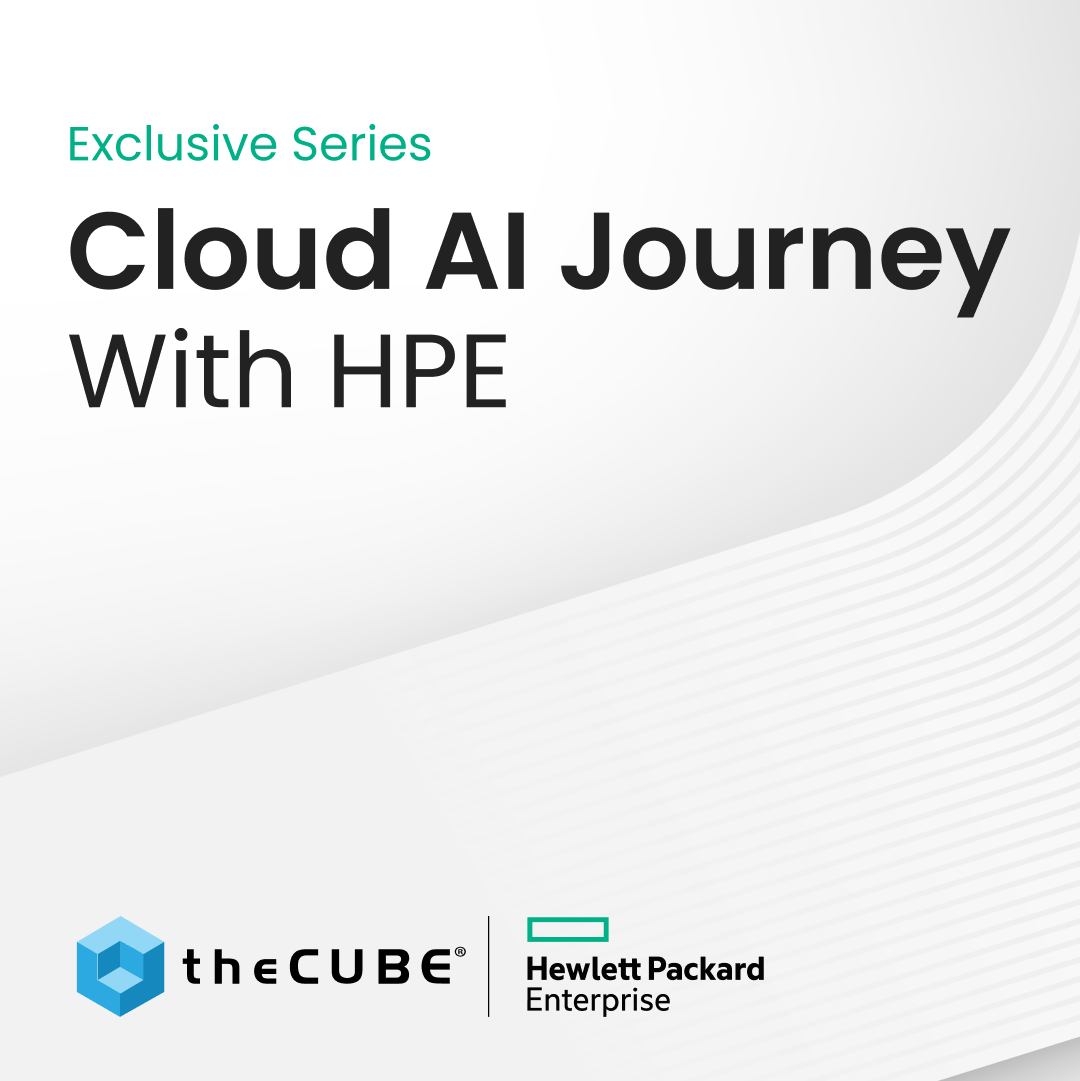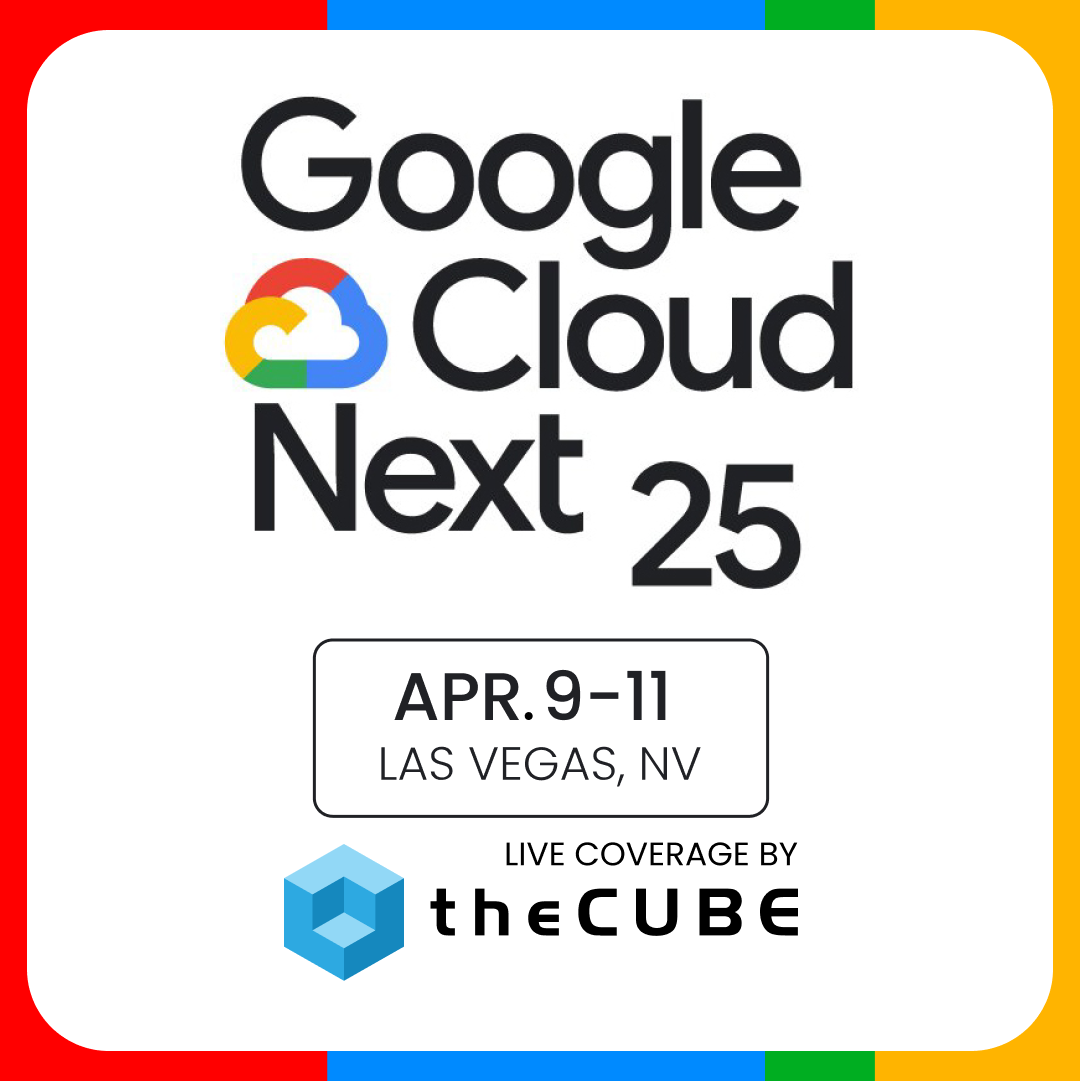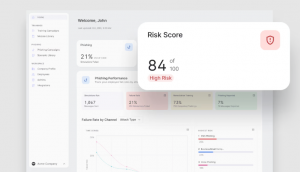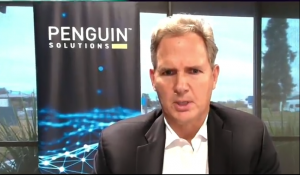Bought the Presses: AOL Purchases The Huffington Post for $315M
![]() With all the Super Bowl news zinging about we thought we’d be in for the usual strange announcements and new product lines being presented through new advertising. Then AOL came along in the last minute and announced their purchase of The Huffington Post for about $315 million, most of which it turns out was in cold-hard-cash. This acquisition comes in a long line of buyout trends for AOL and seems to fit their media-hungry agenda fairly well.
With all the Super Bowl news zinging about we thought we’d be in for the usual strange announcements and new product lines being presented through new advertising. Then AOL came along in the last minute and announced their purchase of The Huffington Post for about $315 million, most of which it turns out was in cold-hard-cash. This acquisition comes in a long line of buyout trends for AOL and seems to fit their media-hungry agenda fairly well.
The Huffington Post’s eponymous cofounder, Arianna Huffington, shall become the editor-in-chief of AOL’s news content and basically oversee all their media production including AOL News, PoliticsDaily, BlackVoices, SlashFood, and TechCrunch. Her own media company has done extremely well for itself since it was founded in 2005 until now, so it’s easy to see that she’ll probably do AOL a world of good in their forward-thinking operations involving content.
GigaOM quotes AOL CEO Tim Armstrong’s intent for the company’s future when it comes to content generation, but while his outlook seems idealistic it does ring true in part,
[Tim Armstrong] wants AOL home page to be the start page for information, but unfortunately it is not going to happen – the world of today doesn’t work that way. People have their favorites and start their news day at random places. And then there is the whole Patch effort to rule the local market – which apparently loses about $30 million a quarter and they are about to ramp-up spending on Patch sites from $75 million a year to $160 million a year. Guess how that is going to work out.
AOL’s moves are much like the ending scene from Butch Cassidy and The Sundance Kid. Surrounded by the Bolivian Army, Dos Hombres have no choice to make a gallant dash to their horses, guns blazing, hoping against hope as thousand guns blaze around them. The ever-increasing web inventory is like the Bolivian Army firing on AOL and others who have not yet come to terms with the futility of chasing page views.
Despite what you might read in the newspapers and blogs, AOL is still in A-O-Hell. In the most recent quarter, the company saw its advertising revenues go down 29 percent, at a time when online advertising grew about 14 percent. According to eMarketer, its share of total online display advertising was down to 5.3 percent in 2010 from 6.8 percent in 2009.
From my look, AOL is diversifying. Tim Armstrong has said as much about his company’s current strategy for tackling the current knowledge spread present on the Internet and the readership crisis that specific sites have suffered. AOL is trapped between the search giants like Microsoft and Google when it comes to the presentation of content, but they have bought into the new traditional content generation paradigm in such a way that they will now have a position in the media “market.”
The Huffington Post has also worked towards a little bit more of the future-of-text when it got together with Viralheat for the mid-term elections. Internet and cloud-oriented resources represent a powerful source for data-journalism and what’s going to draw eyeballs isn’t going to be monolithic press-driven newspapers, but the ability to produce readily filtered content that readers will discover through the current constellation of news sources.
Perhaps, AOL should start seeking to enable the power of the e-newsstand, such as we’re seeing with the Google eBoostore and different publications shifting into purely digital formats. As much as readers like to roll their own RSS feeds, many of them go directly to a series of blogs in the morning to imbibe their daily content while sipping their coffee—does this bring to mind any older stereotypes of the businessperson with her newspaper? Now, with the advent of handheld devices that act as media readers, a stable of content production that can capably produce a morning edition might be the next big thing.
AOL has set themselves up nicely to do exactly that with all the necessary elements of their stable to attract readers, produce morning digital editions, and even deliver them.
So, if the question is who will be the next for them to buy in their acquisition rampage: it will may yet be a digital distribution service to go along with their newfound content generation powerhouse.
So advertising revenues are dropping when it comes to reaching online audiences, digital readers and smartphones continue to maintain their stellar ascent as the new mobile technology. Right now, there’s a war on for where content will go—traditional newspapers and magazines or digital? AOL and HuffPo seem uniquely qualified to enter the fray. They have the name-brand-power, the popular writers, the capability to deliver content, and even a large user base that they could leverage to deliver it to.
I guess now we sit back and watch where Adrianna decides to take her new media empire and where AOL chooses to point her.
A message from John Furrier, co-founder of SiliconANGLE:
Your vote of support is important to us and it helps us keep the content FREE.
One click below supports our mission to provide free, deep, and relevant content.
Join our community on YouTube
Join the community that includes more than 15,000 #CubeAlumni experts, including Amazon.com CEO Andy Jassy, Dell Technologies founder and CEO Michael Dell, Intel CEO Pat Gelsinger, and many more luminaries and experts.
THANK YOU













